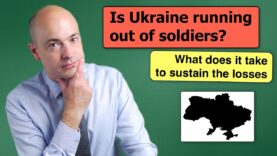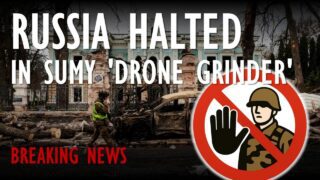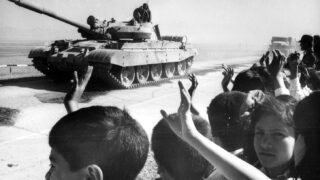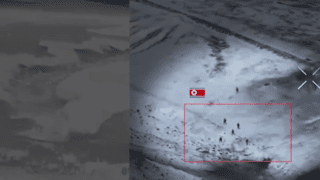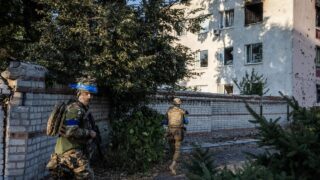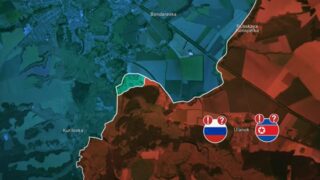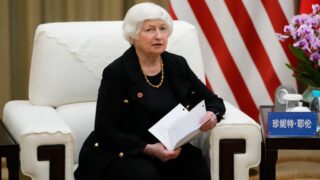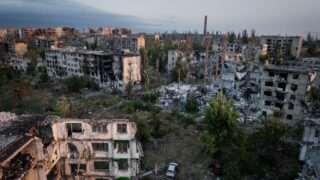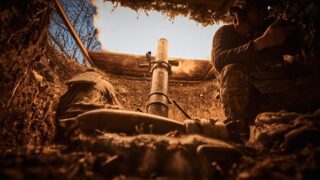How is the war going? – Early October 2023
Video Summary
A swift update on the war, where I’m looking at the Ukrainian offensive and trying to predict the next phase of the war. It’s likely that the Ukrainian counteroffensive hasn’t progressed as quickly as Ukraine had hoped. On the other hand, Ukraine is making progress on key fronts, and it’s possible that things could speed up at any moment. The Ukrainian army is likely to continue its efforts, and the next phase of the war will depend on the weather.
There are two main axes of Ukraine’s advance: one around Bakhmut in the northern part of the front line, and the other around Robotyne in the southern part. The latter is crucial, as it could be a decisive point in the war. If Ukraine gains success there, it would cut off the Russian-occupied territory in two, creating a new operational situation that would cause significant problems for Russia in supplying its forces in Kherson Oblast and Crimea. On the other hand, if Ukraine experiences success around Bakhmut, it would merely reclaim some territory, but it would not dramatically change the operational situation.
The main reason for the focus on the southern axis is that it could lead to a breakthrough, which would have significant consequences for the Russian forces. The other reason for the focus on the southern axis is that it would force Russia to redirect its forces to the south, which would deprive Ukraine of the chance to attack other targets.
As for the question of what would happen if Ukraine doesn’t succeed in its summer offensive, the answer is simple: they would continue in the winter as well. There are two periods in Ukraine where the weather is conducive to military operations: summer (May-October) and winter (January-March). If Ukraine doesn’t succeed in the summer, it would simply delay the operation until winter. The main reason is that the Ukrainian offensive is not yet exhausted. It’s still making significant gains, and the intensity of the operation could slow down due to the weather, but not due to exhaustion.
The second reason is that Russian President Putin has decided not to hold another mobilization round at this time. There is a concept of division within Russian society, where those who fight are isolated from the rest of society. When you’re in Ukraine, you’ll never come back. You’ll stay there and fight, and you’ll only return when the war is over. This concept is isolating soldiers from the rest of society, making it easier to maintain the facade that the war has no impact on the rest of the population.
From a military perspective, this is not an effective way to wage war. If you keep the same soldiers on the front line, they will eventually become ineffective. Therefore, it would be better to rotate them regularly to maintain the campaign’s efficiency. However, due to political reasons, the Russian military leaders are not doing this. They are prioritizing the maintenance of the military operation over the well-being of the soldiers.
The upcoming presidential election in March 2024 is another consideration. Putin wants to maintain the impression that the war is going well, so he won’t hold another mobilization round. The winter period is also critical, as it will slow down the Ukrainian offensive, giving the Russian forces more time to regroup. However, it’s difficult to say whether the Russian forces will be able to hold out for another 5-6 months. The situation is uncertain, and it’s not clear whether the Russian forces will be able to maintain the status quo until the presidential election.





